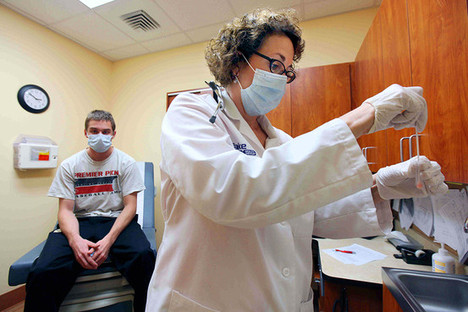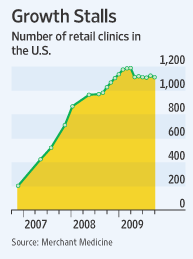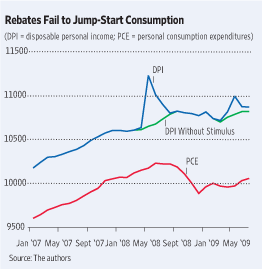Nobel Prize winning economist Vernon Smith sees that the current health care system is an incentive and information “nightmare.” The third parties, who pay, have neither the incentive nor the information to reward the providers who do a good job. And patients, who have the information, do not have the power or incentives to reward those who do a good job. And since providers are not being rewarded for doing a good job, they will only avoid becoming cynical bureaucrats as long as they are mission-driven saints.
A better system, that goes a long way toward Smith’s “solution,” has been suggested by Susan Feigenbaum, who suggests that third parties provide payments directly to patients, who then may choose what services to buy from which providers.
Here is the core of Smith’s analysis:
(p. A11) The health-care provider, A, is in the position of recommending to the patient, B, what B should buy from A. A third party–the insurance company or the government–is paying A for it.
This structure defines an incentive nightmare.
. . .I don’t know whether this problem has a solution. If it does, I think it requires us to find mechanisms whereby third-party payment is made to the patient, B, who in turn pays A, supplemented with any co-payment from B for services. Hence, from the moment B seeks services from A both know who is going to be paying A for what is delivered. A and B each has need for what the other brings to the table, and this structure carries the potential for nurturing the relationship between A and B. B is empowered to become better informed about the services recommended by various A’s that he might choose among, and the A’s might find it particularly important to build good reputations with B’s.
For the full commentary, see:
VERNON L. SMITH. “The ABC Dilemma of Health Reform; Third-party payment creates a big incentive problem.” The Wall Street Journal (Sat., OCTOBER 16, 2009): A11.
(Note: ellipsis added.)
Feigenbaum’s prescient suggestion for reform can be found in:
Feigenbaum, Susan. “Body Shop’ Economics: What’s Good for Our Cars May Be Good for Our Health.” Regulation 15, no. 4 (Fall 1992): 26-27.




